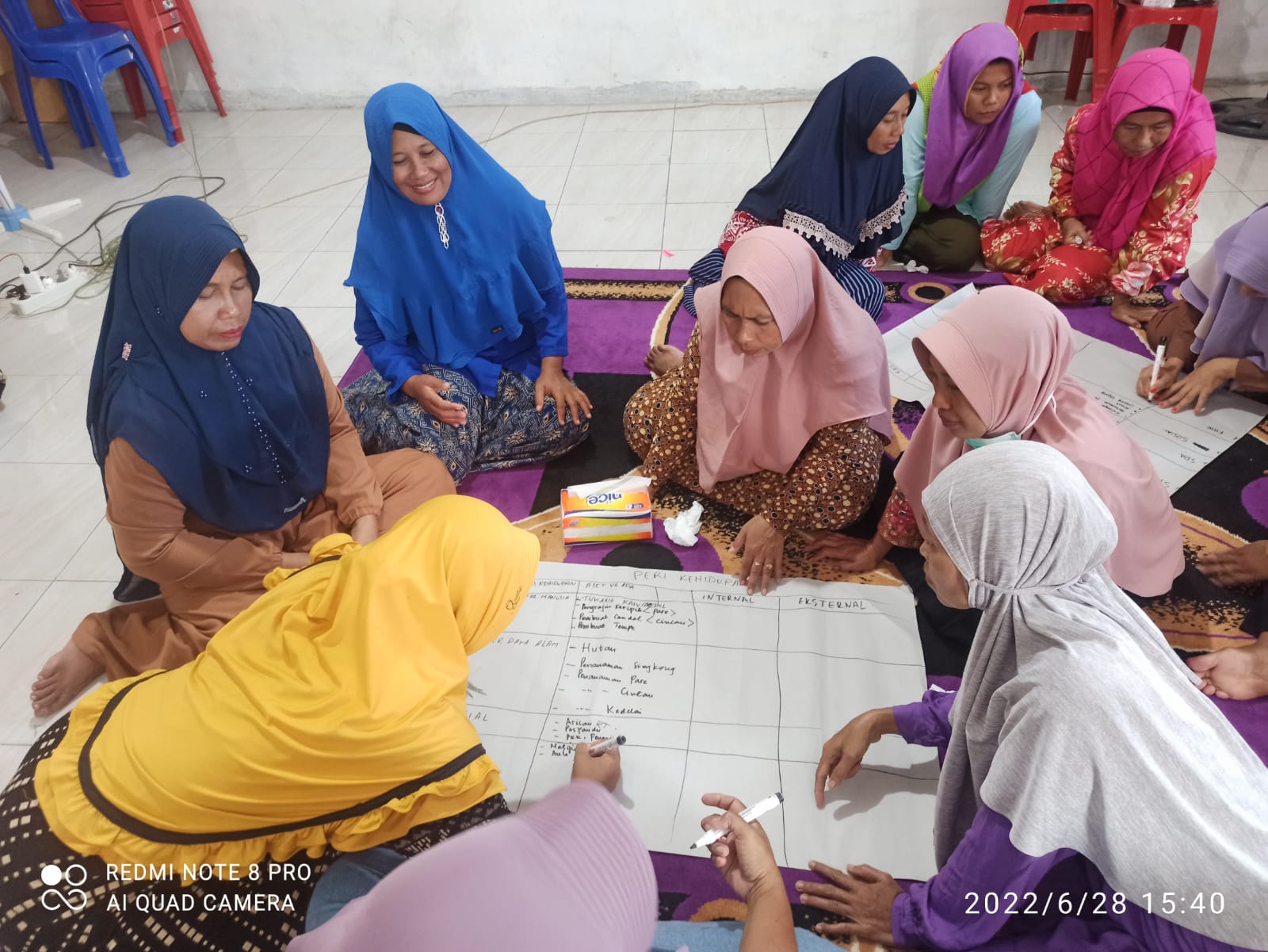Increasing and improving access to natural spaces and outdoor sporting activities
The Trail Centres act as physical spaces that increase and improve access to physical activities in nature, contributing to physical and mental well-being.
Their carefully chosen locations in proximity to nature (forests, water, and trails) help establish freely accessible, round-the-clock meeting places and start-points for outdoor sporting activities. As some are located close to urban areas, they also provide a gateway from urban to natural environments.
Their combination as an all-in-one clubhouse, provider of service facilities, and meeting and training space, makes them ideal sites for local sports associations to use, as well as un-affiliated groups or individuals. This provides a space for socialising within, and between, sports and promotes relationship-building amongst users and with local sports associations.
Providing access to service facilities participation in outdoor sports activities (e.g. bicycle pumps and cleaning stations; covered training space; functional training equipment (stairs, monkey bars, TRX, etc.); storage space for equipment; and changing rooms/showers/toilets). As sites for borrowing equipment (e.g. map and compass, roller skis, SUP boards, etc.), the centres also encourage people to try new activities in nature in an affordable manner.
